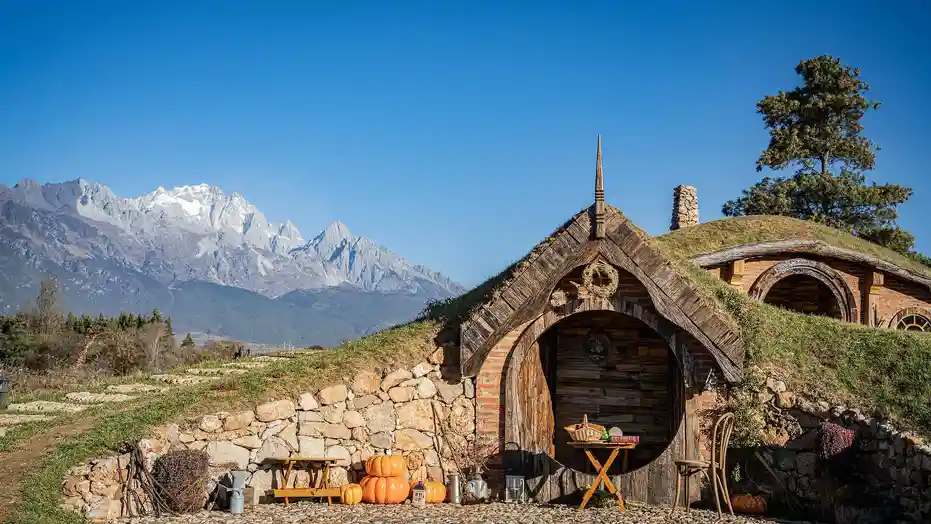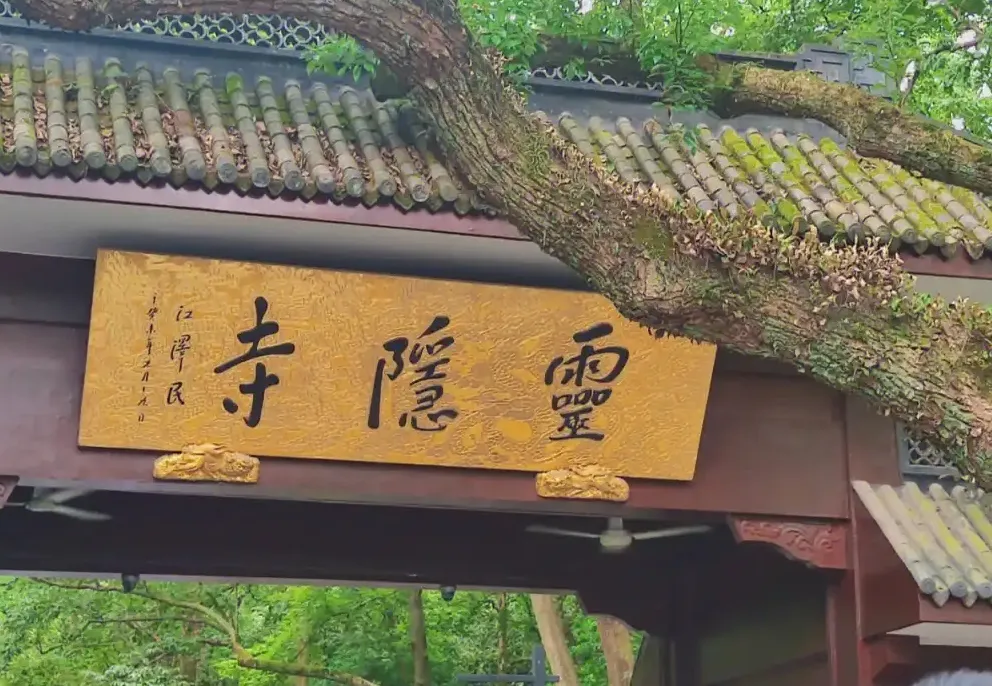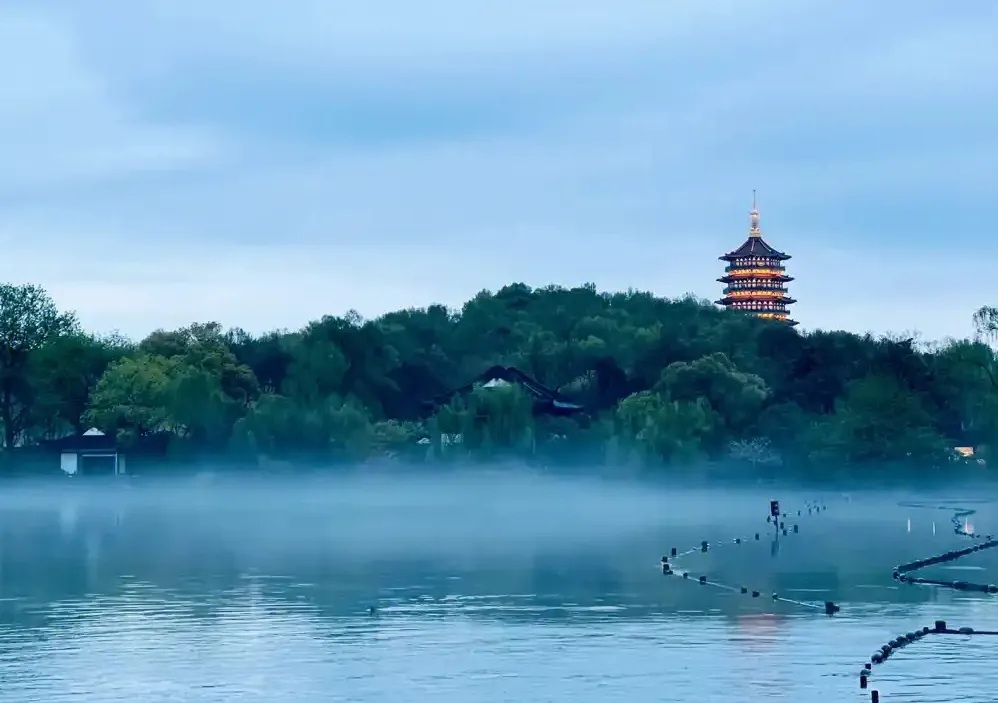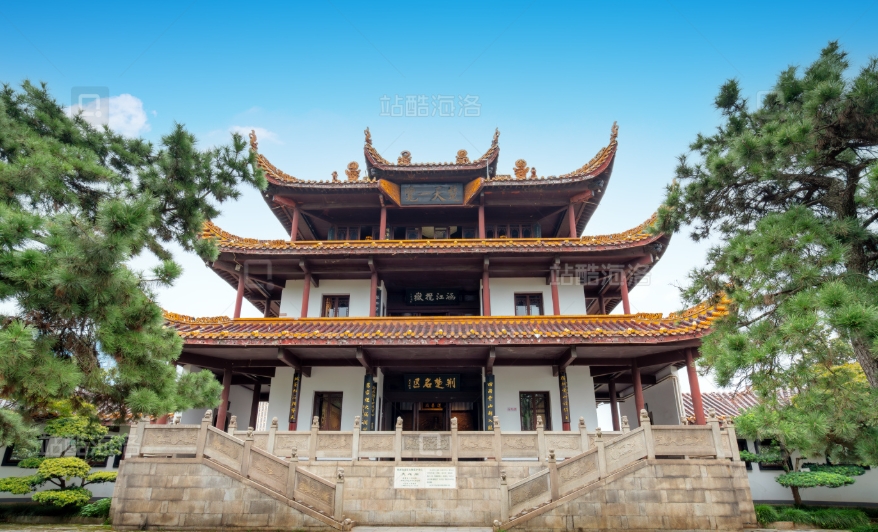Discovering a Secret Paradise in Southwest China
Imagine a place where wildflowers bloom in every color imaginable, where mist curls around ancient trees, and silence is broken only by birdsong. This isn’t a scene from a fantasy novel—it’s real. Nestled in the lush hills of Yunnan Province, Tinghua Valley holds one of China’s best-kept secrets: the Lijiang Hundred Flower Garden.
While most travelers flock to Lijiang’s Old Town or the Jade Dragon Snow Mountain, few know about this hidden sanctuary. It’s a place where nature thrives undisturbed, and beauty unfolds in quiet, unexpected ways. In this article, we’ll take you deep into Tinghua Valley – Lijiang Hundred Flower Garden, revealing its magic, history, and why it deserves a spot on your travel list.
Whether you’re a nature lover, a photography enthusiast, or simply seeking peace away from crowds, this valley offers something rare: authenticity. No entrance fees, no loudspeakers, just pure, unspoiled nature.
Let’s explore what makes this place so special.
Where Nature Paints with Wildflowers
Tinghua Valley is a botanical wonderland. Each spring and summer, the hillsides burst into color. Purple gentians, golden poppies, and delicate pink primulas blanket the meadows. The air carries a soft fragrance—earth, blossoms, and mountain dew.
What sets this garden apart is its natural design. Unlike manicured city parks, the Lijiang Hundred Flower Garden grows wild and free. No gardeners plant or prune here. The flowers return each year, guided by seasons and soil.
The valley sits at about 2,800 meters above sea level. This high-altitude climate supports rare alpine species. Some flowers bloom for only a few weeks, making timing crucial for visitors.
A short hike through the valley reveals changing landscapes. Open meadows give way to shaded pine groves, then to rocky streams lined with moss. Every turn offers a new palette of colors and textures.
If you love nature photography, this is your dream location. Morning light filters through the mist, creating soft, ethereal scenes. Late afternoon brings golden hues that make flowers glow.
The Story Behind Tinghua Valley – Lijiang Hundred Flower Garden
The name “Tinghua” means “listening to flowers” in Chinese—a poetic nod to the valley’s serene atmosphere. Local Naxi people have known about this place for generations. They used it as a seasonal grazing ground and a source of medicinal herbs.
It wasn’t until the early 2000s that botanists began studying the area. They discovered over 200 native plant species, many endemic to Yunnan. This scientific interest helped protect the valley from development.
The Lijiang Hundred Flower Garden isn’t a formal park. It’s a natural ecosystem preserved by local efforts and growing eco-tourism awareness. There are no fences, no ticket booths—just footpaths worn by hikers and shepherds.
Today, a small community group monitors the area. They remove litter, track blooming cycles, and educate visitors. Their goal? To keep the valley wild and welcoming.
This grassroots protection model is rare in China. It shows how local knowledge and tourism can work together to conserve nature.
Best Time to Visit Tinghua Valley
Timing is everything when visiting Tinghua Valley. The peak bloom season runs from late May to early August. During these months, the meadows are at their most vibrant.
Here’s a quick guide to what you’ll see each month:
- May: Early bloomers like rhododendrons and mountain lilies appear.
- June: The valley turns into a rainbow—poppies, irises, and buttercups dominate.
- July: Peak season. Almost every flower is in full bloom.
- August: Flowers begin to fade, but wild berries and grasses add texture.
Weather matters too. June and July bring occasional rain, so pack waterproof gear. Mornings are usually clear, while afternoons may see clouds rolling in.
Avoid September and October. While the scenery shifts to autumn tones, many flowers have died back. Winter is snowy and inaccessible.
Pro tip: Visit on a weekday. Weekends bring a few more hikers, mostly locals.
How to Reach Lijiang Hundred Flower Garden
Getting to Tinghua Valley requires a bit of effort—but that’s part of its charm. The journey starts in Lijiang City, a UNESCO World Heritage site known for its cobbled streets and Naxi culture.
From downtown Lijiang, hire a car or join a small eco-tour (about 1.5 hours). The road winds through tea plantations and small villages. Public buses go partway, but the last 5 kilometers are best on foot or by local shuttle.
The final stretch is a 30-minute hike along a dirt trail. It’s not difficult—just uneven in places. Wear sturdy shoes and carry water.
GPS coordinates: 26.884° N, 100.236° E. Search “Tinghua Valley trailhead” on maps.
There are no signs, so ask locals for directions. Most Naxi villagers know the path and may even point you to hidden viewpoints.
Wildlife and Biodiversity in Tinghua Valley
Beyond flowers, Tinghua Valley teems with life. It’s part of a larger ecological corridor near the Jade Dragon Snow Mountain. This means rare animals pass through, even if sightings are rare.
Birdwatchers might spot the Tibetan snowcock or the colorful Mrs. Gould’s sunbird. Listen for the call of the Himalayan cuckoo in early summer.
Smaller creatures thrive too. Butterflies like the Chinese purple emperor flutter between blossoms. Bees and beetles play a quiet but vital role in pollination.
The valley’s streams host freshwater crabs and tadpoles. These waterways feed into the Lijiang irrigation system, linking nature to local farming.
Plant diversity is staggering. Among the 200+ species:
| Flower | Color | Blooming Period |
|---|---|---|
| Yunnan Rhododendron | Pink/Red | May–June |
| Alpine Poppies | Yellow/Orange | June–July |
| Blue Gentians | Deep Blue | July–August |
This biodiversity makes Tinghua Valley – Lijiang Hundred Flower Garden a living lab for climate and conservation studies.
Responsible Tourism: How to Visit with Care
With beauty comes responsibility. As more people discover Tinghua Valley, the risk of damage grows. Trampling, litter, and flower picking can ruin the ecosystem.
Follow these simple rules:
- Stay on marked paths. Don’t step on flower beds.
- Take all trash with you. There are no bins in the valley.
- Never pick flowers or disturb wildlife.
- Avoid loud noises. Respect the peace.
- Use eco-friendly sunscreen and bug spray.
Support local guides. They know the land and help fund conservation. A small fee goes a long way.
Remember: This isn’t a theme park. It’s a fragile habitat. Your visit should leave no trace.
Photography Tips for Capturing the Magic
Tinghua Valley is a photographer’s dream. But capturing its essence takes more than a smartphone.
First, timing is key. Arrive at sunrise. The soft light enhances colors without harsh shadows. Mist adds mystery to wide-angle shots.
Use a tripod for stability, especially in low light. A macro lens reveals details—dewdrops on petals, insect wings, texture in bark.
Try different perspectives:
- Low angle: Shoot flowers from ground level to highlight their height.
- Wide shot: Include mountains in the background for scale.
- Detail close-up: Focus on a single bloom surrounded by green.
Avoid using drones. They disturb birds and are frowned upon by locals.
Finally, edit with care. Enhance colors slightly, but keep the scene natural. The valley’s beauty needs no exaggeration.
Local Culture and the Naxi Connection
The Naxi people are the heart of this region. Their Dongba religion views nature as sacred. Mountains, rivers, and flowers are spirits to be respected.
Many Naxi elders still gather herbs in Tinghua Valley—but only what they need. They believe overharvesting brings bad luck.
You might meet a villager along the trail. A simple “Ni hao” can lead to a warm conversation. Some families offer tea or homemade buckwheat cakes.
If you visit during a local festival, like the Mountain Worship Ceremony (usually in June), you may see prayers offered at stone altars near the valley.
Learning a few Naxi phrases shows respect. “Sai Leilei” means “hello,” and “Ggexx zziu” means “thank you.”
This cultural layer adds depth to your visit. You’re not just seeing flowers—you’re stepping into a living tradition.
Why Tinghua Valley Should Be on Your Travel List
In a world of crowded attractions and staged experiences, Tinghua Valley – Lijiang Hundred Flower Garden stands apart. It’s raw, real, and refreshingly untouched.
It offers more than beauty. It offers peace. A chance to slow down, breathe deeply, and reconnect with nature.
You won’t find luxury resorts here. No souvenir shops or guided tours with megaphones. Just silence, color, and the sound of wind in the trees.
For travelers seeking authenticity, this valley is a gift. It reminds us that the best places are often the hardest to find.
Plan your trip for summer. Pack light, tread gently, and let the flowers speak.
Because in Tinghua Valley, nature doesn’t shout. It whispers—and if you listen, it might just change you.



